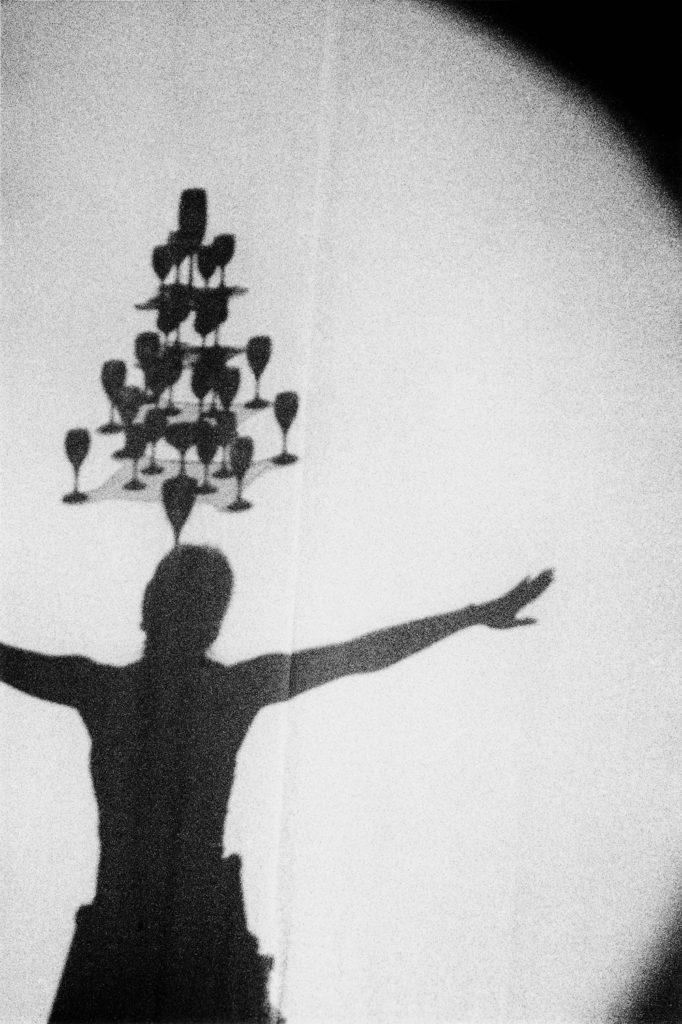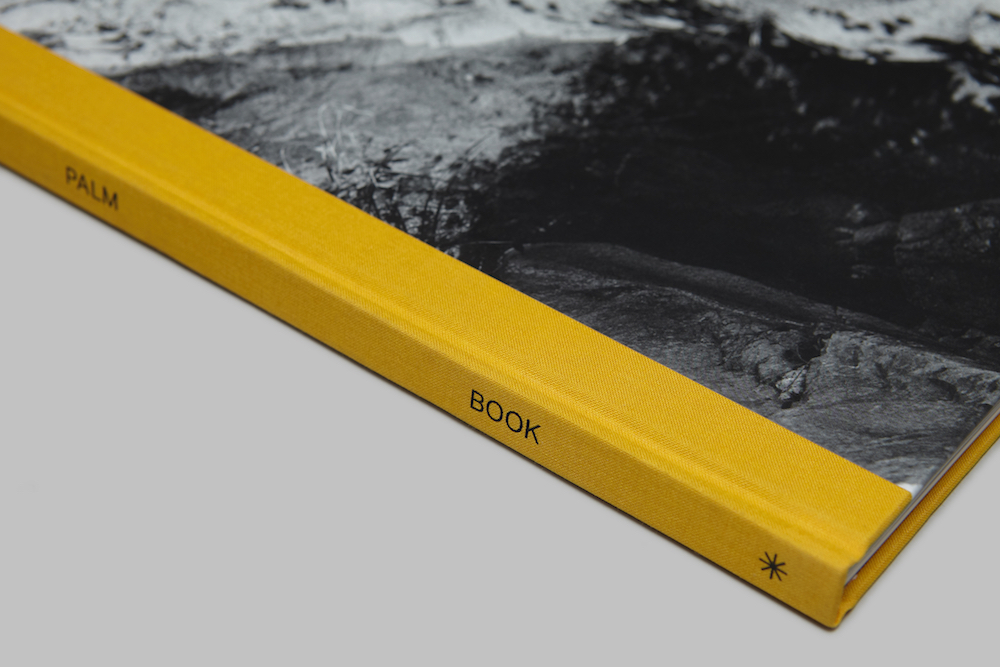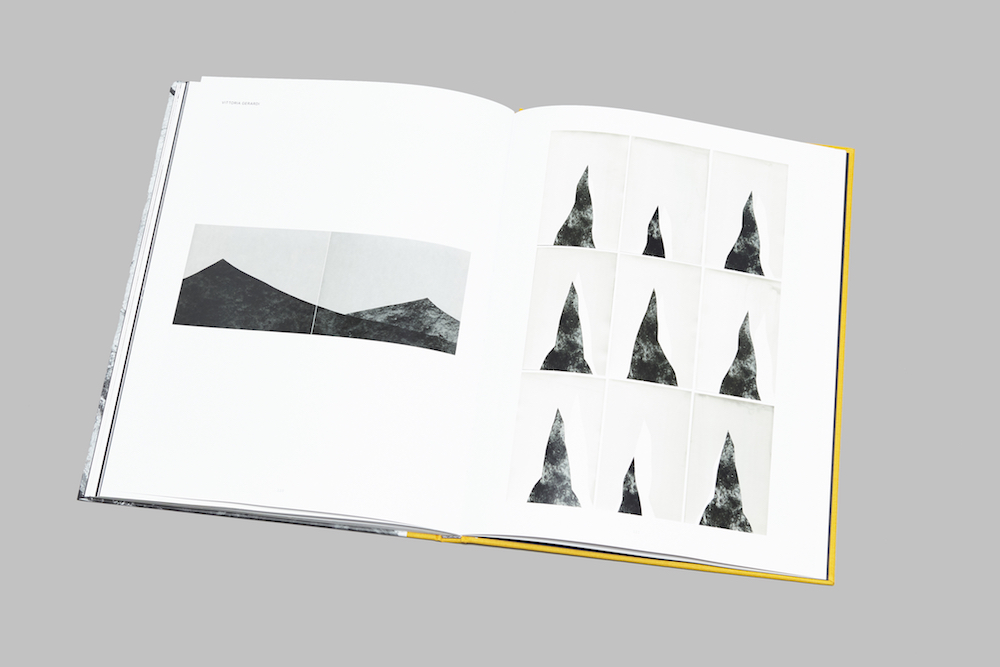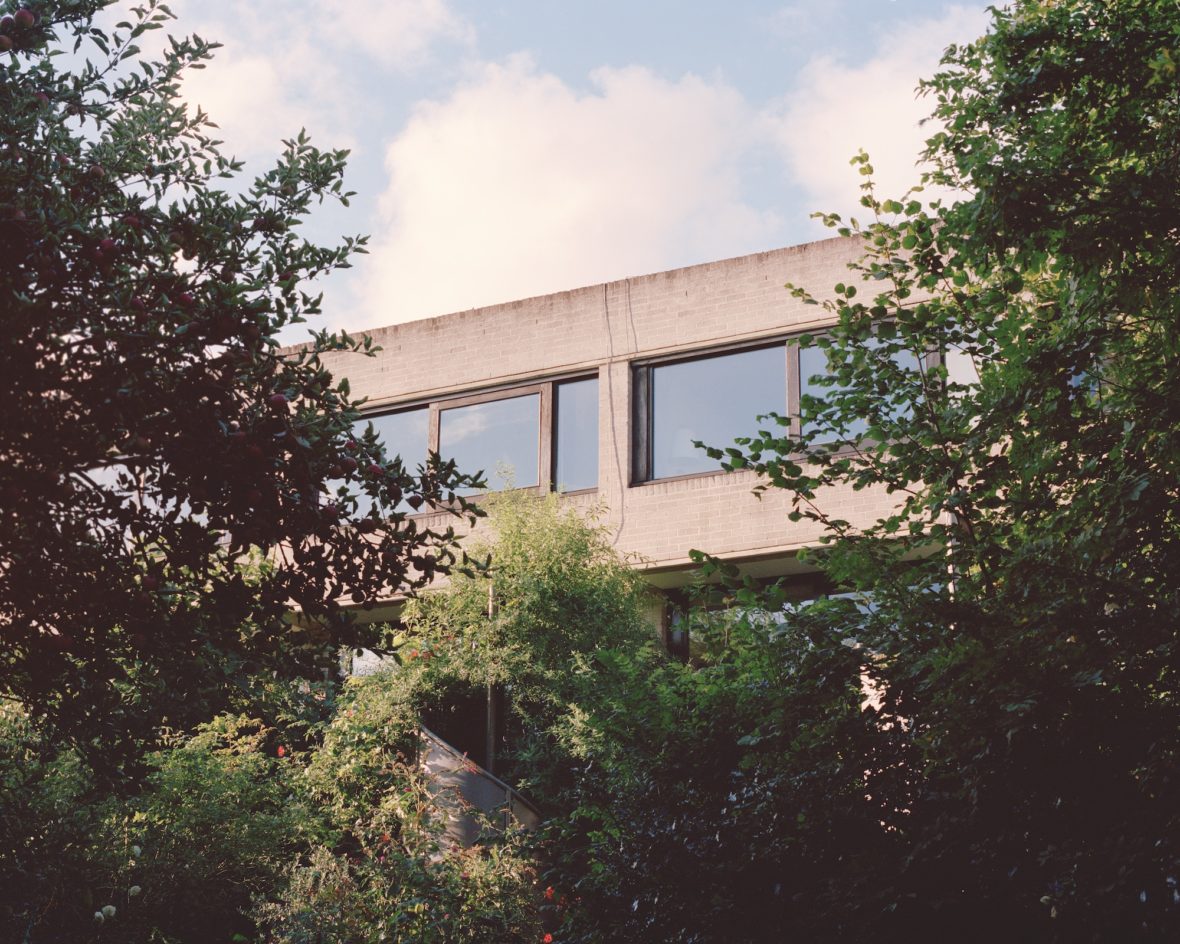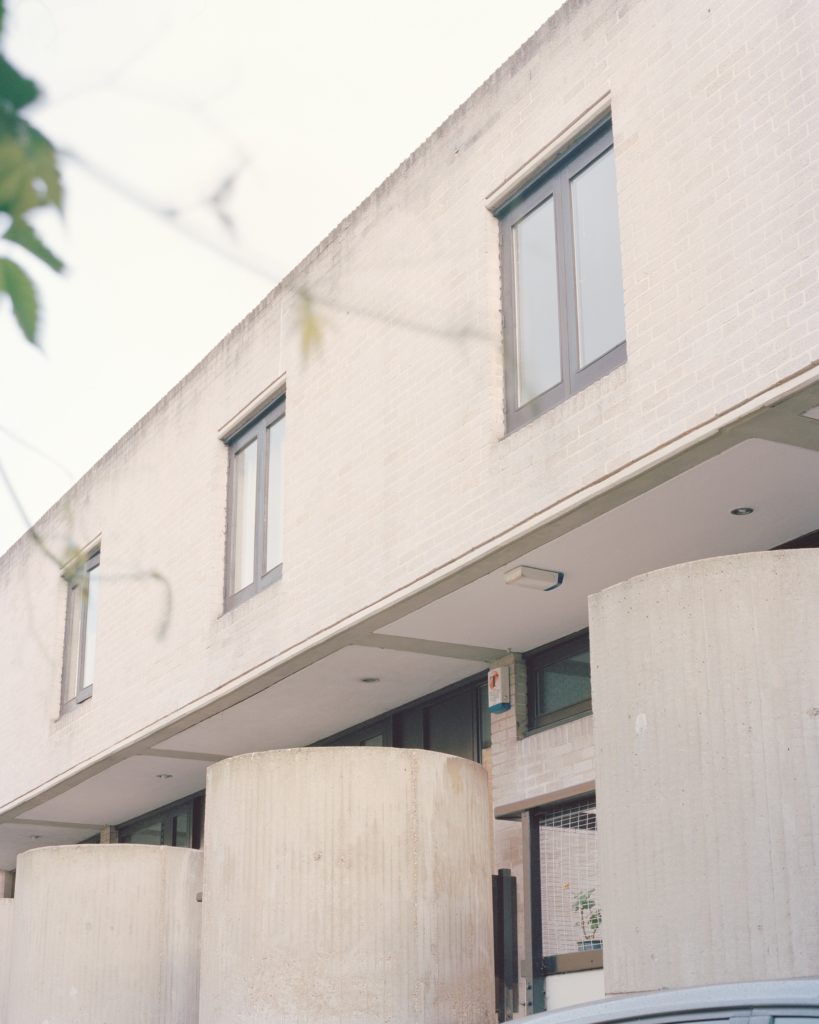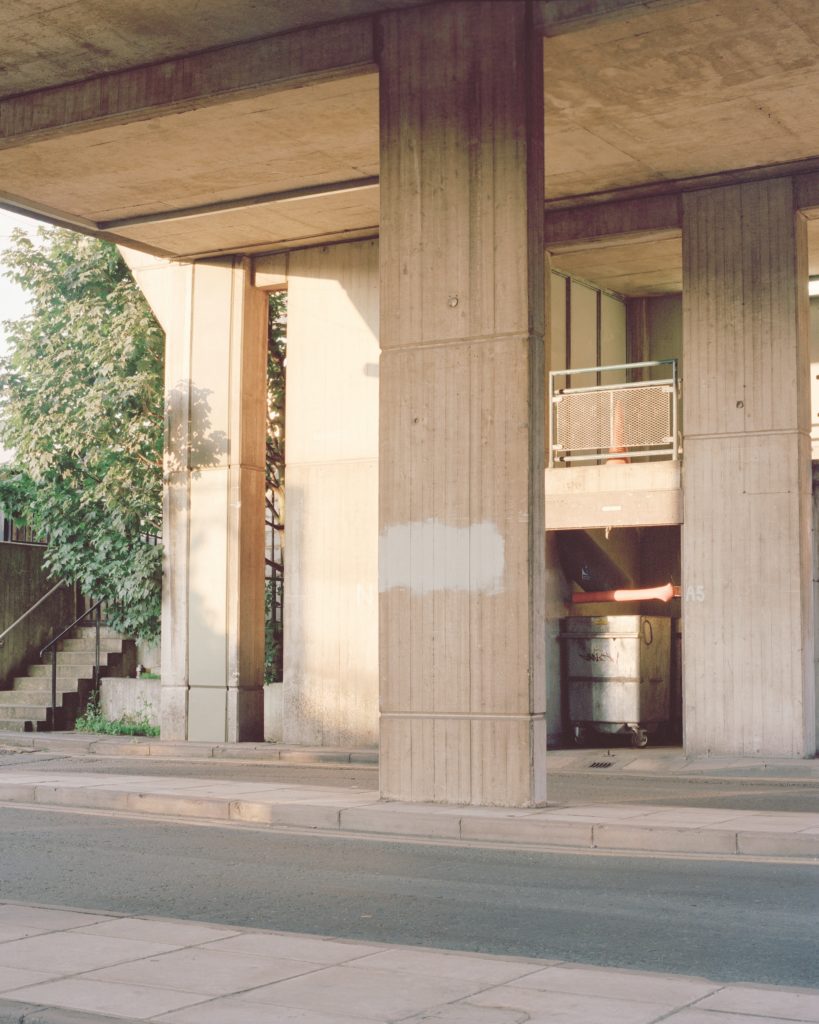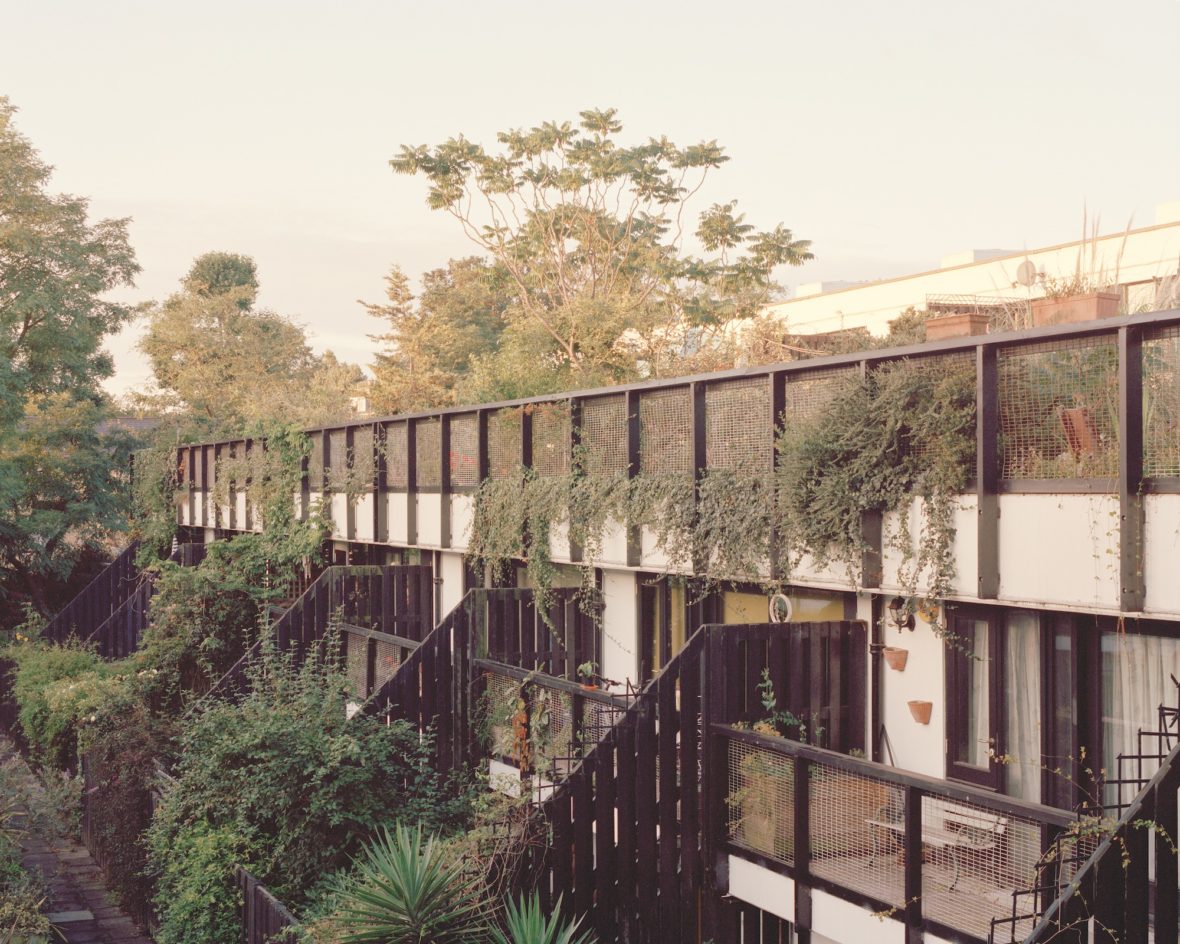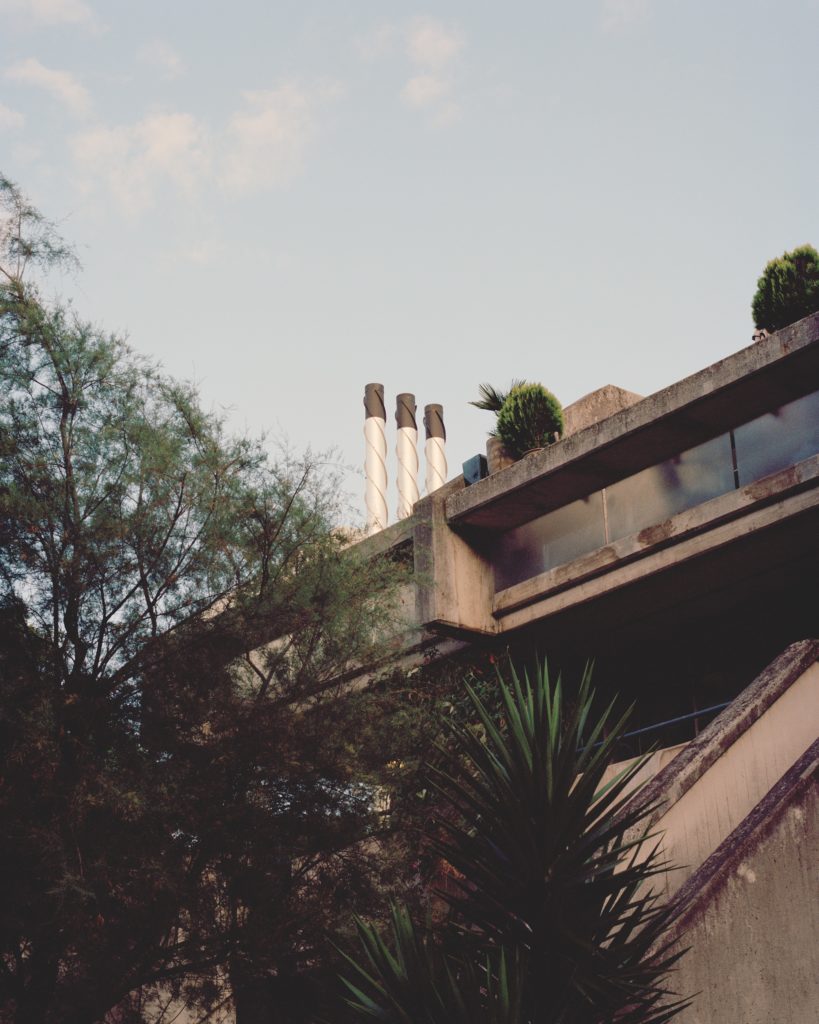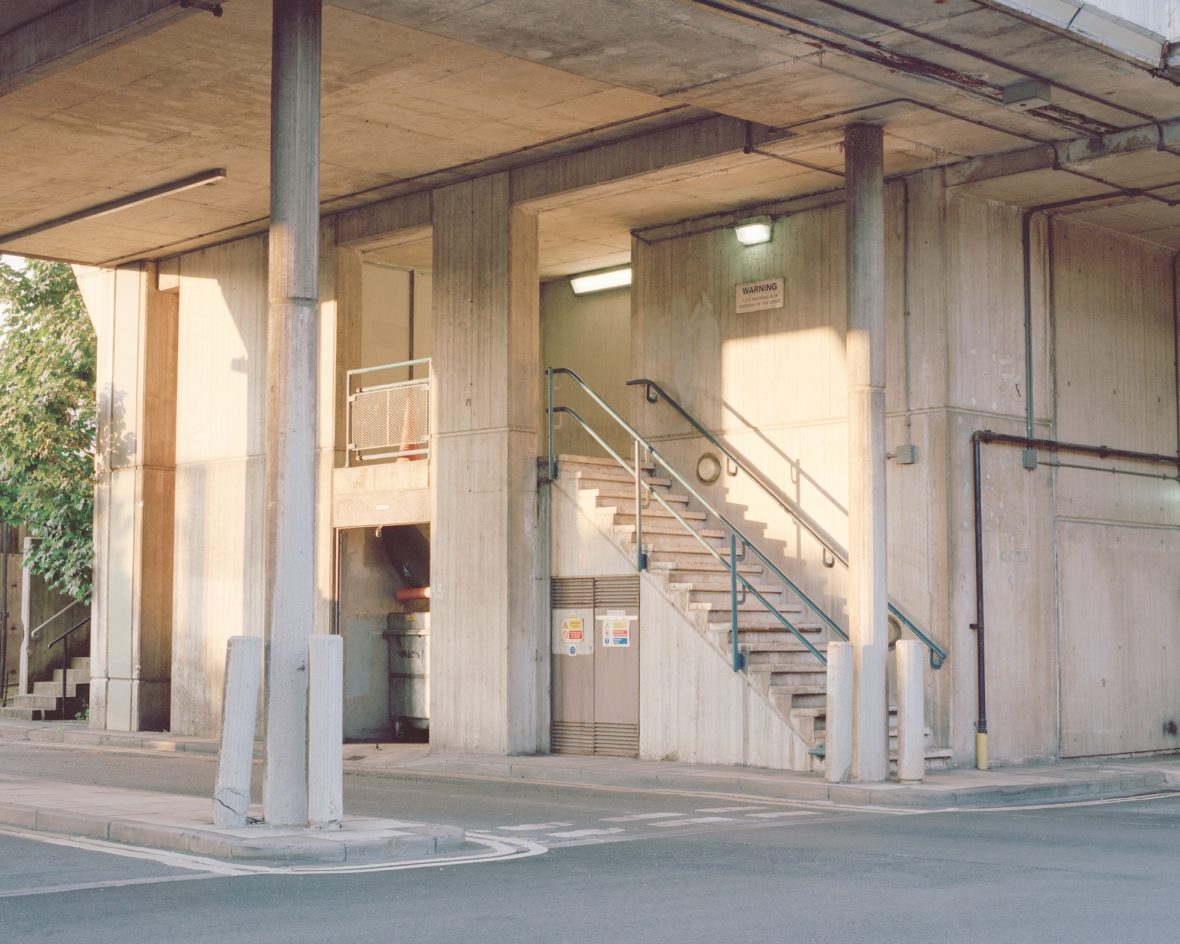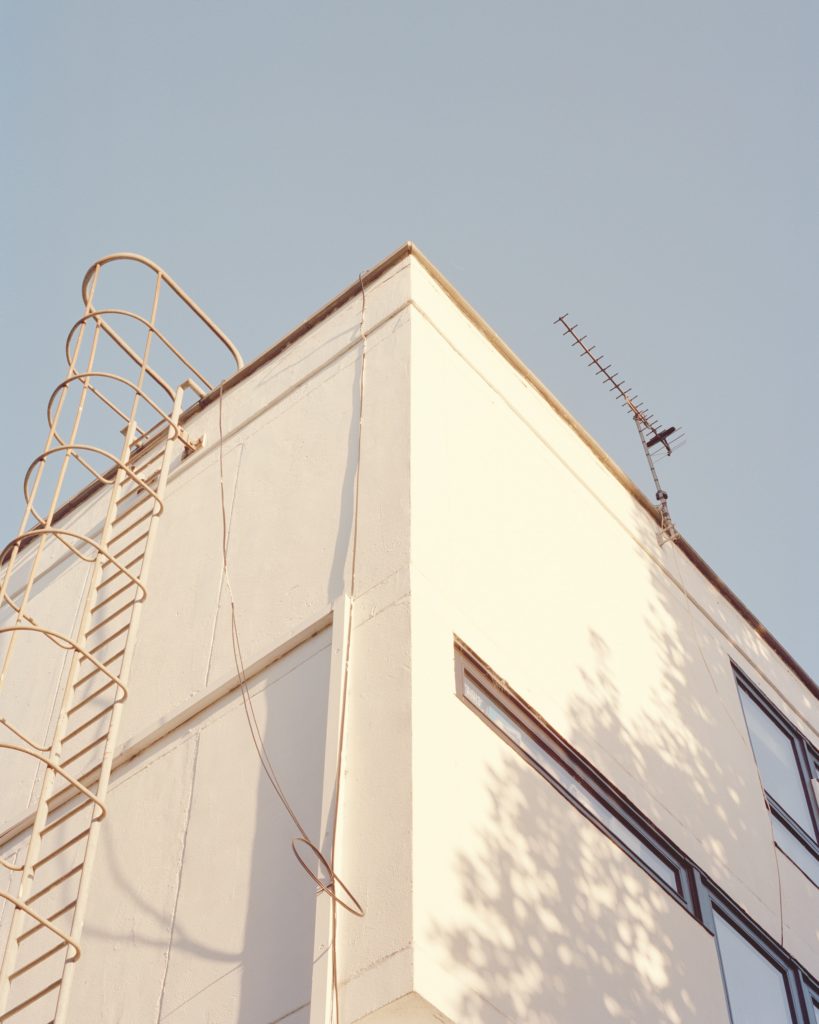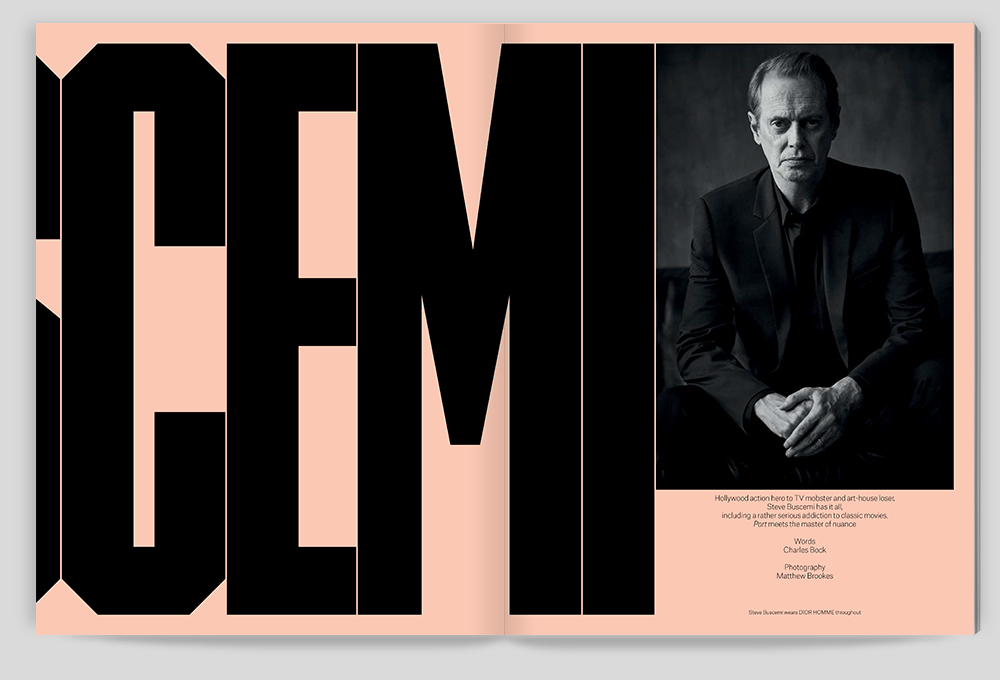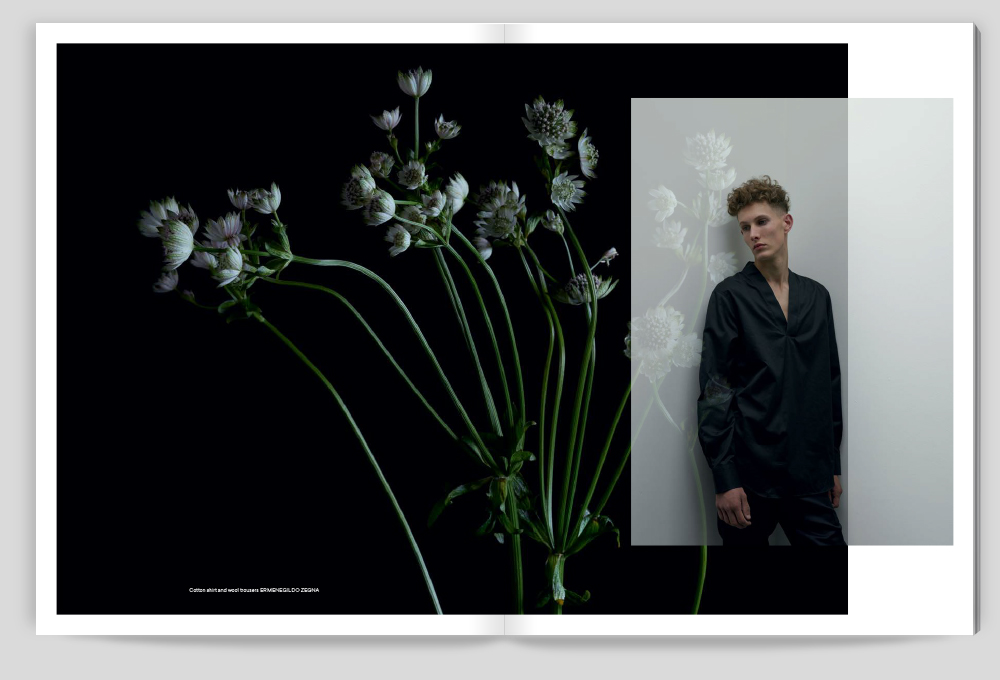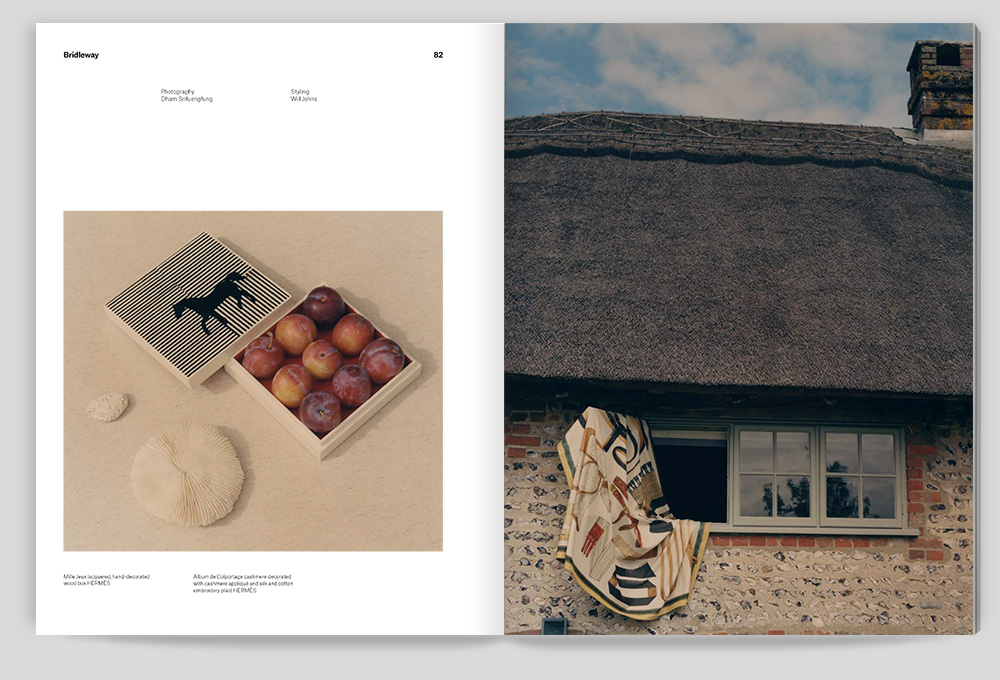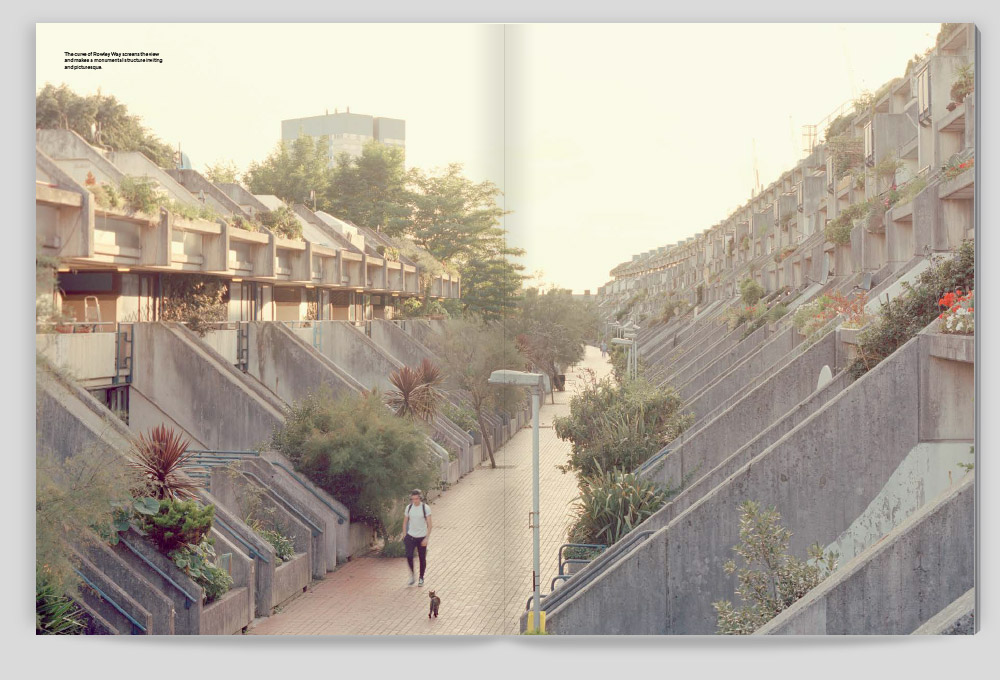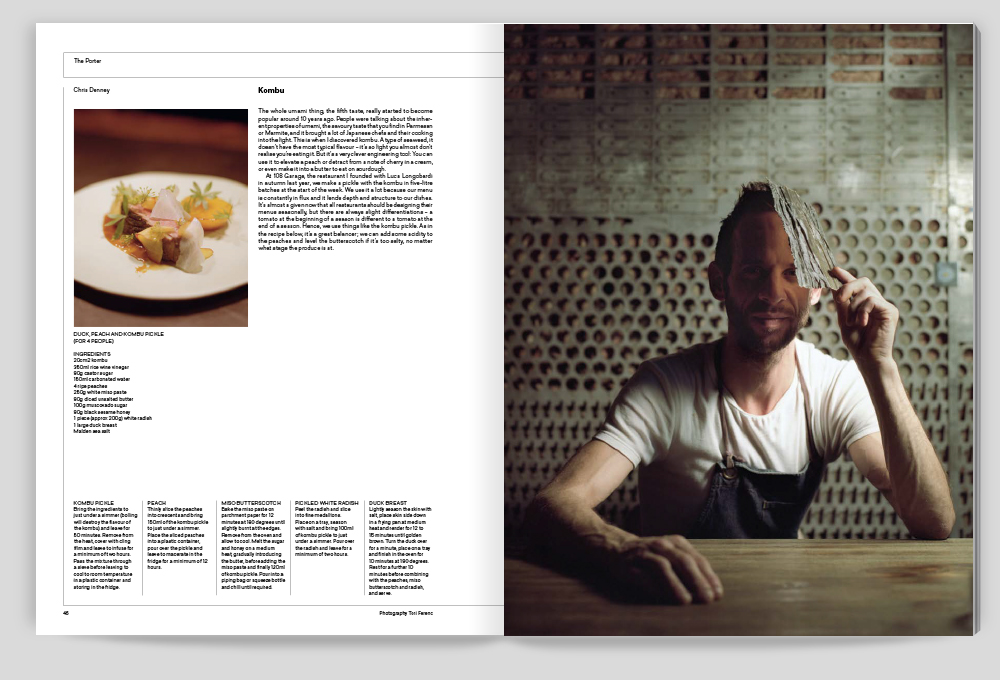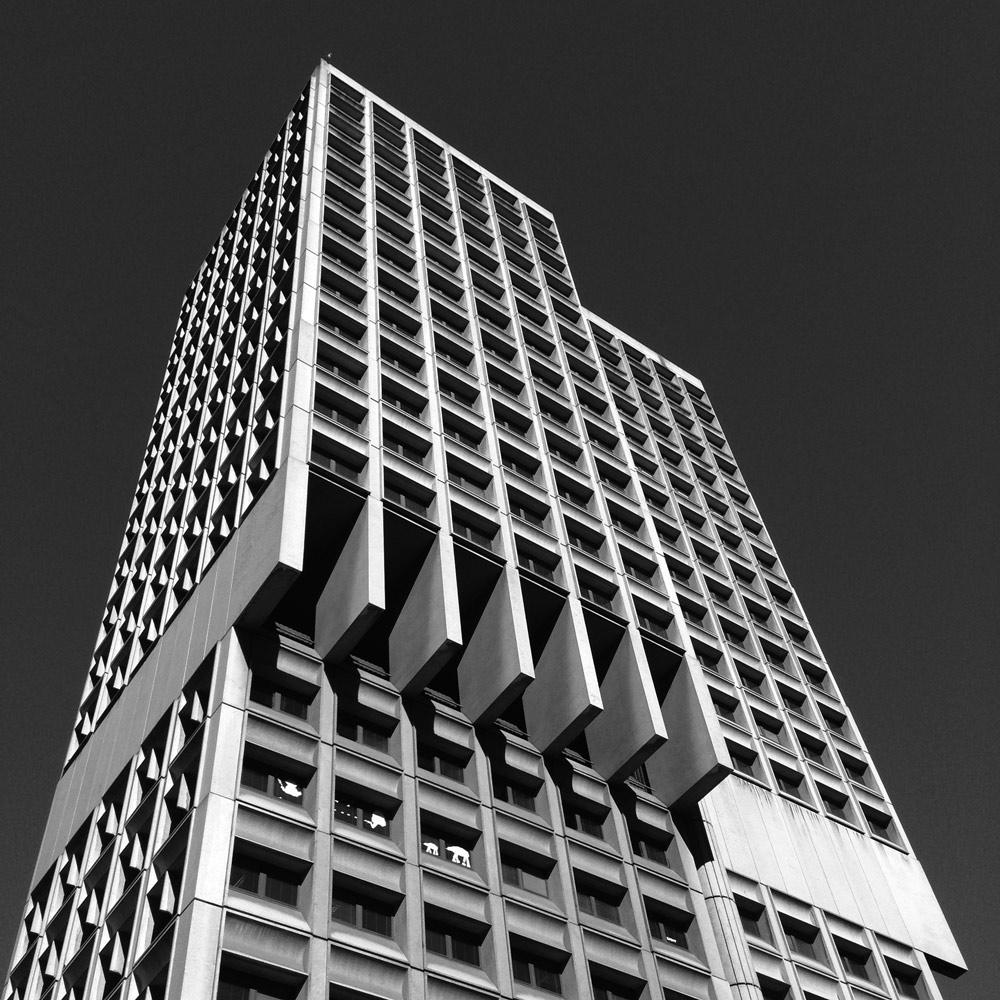Jacob Charles Wilson reflects on the most enduring architectural movement of the 20th century
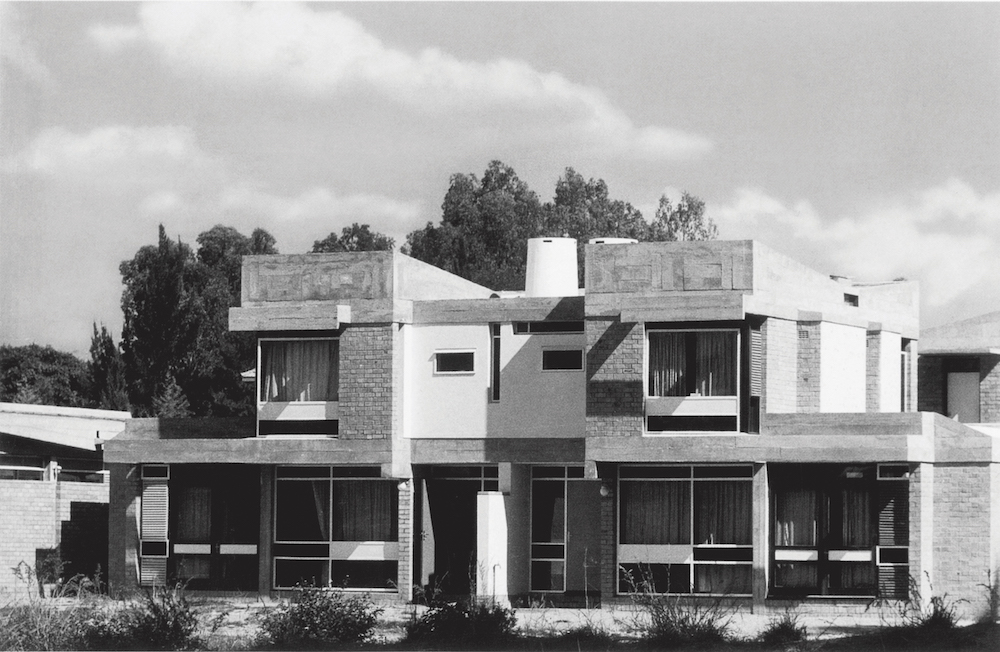
We live in a brutal world. Open your phone and there will be three photo galleries of Yugoslavian spomeniks, two interviews with young authors in their Barbican flats, nine homemade concrete plant pots, and at least two fashion shoots on the Alexandra Road Estate. We’re all guilty – this article is guilty – but for a moment let’s bring it back to architecture.
Brutalist architecture has probably never been this popular. Even when the style first emerged in the 1950s, and throughout its heyday in the 1960-70s, it remained the architect’s architecture, and the bane of many. But it’s now undergoing something of a revival, the map of brutalist architecture is being rewritten – quite literally. The Atlas of Brutalist Architecture serves as a guide to this brave new world, featuring nearly 900 buildings representing the work of over 700 architects across 100 countries. Brutalism has outgrown its foundations, it’s enjoying a more forgiving definition, and there’s a greater appreciation for these foreboding monuments as they’re recognised for what they are: architectural marvels, not simply concrete monstrosities.
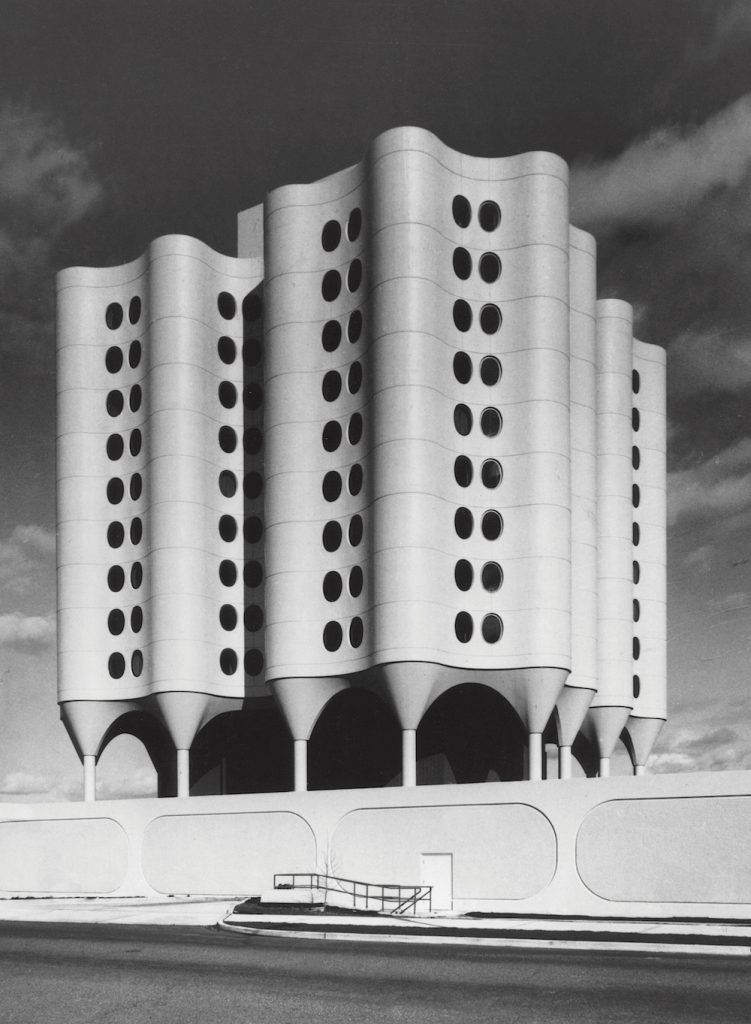
But for those who have been living under a slab of concrete for the past few years: what is brutalism? There’s no simple answer; brutalism as a style and as a name has many competing histories. Jonathan Meades, in his incomparable documentary Bunkers, Brutalism and Bloodymindedness: Concrete Poetry, sees influences in the 18th century appreciation of sublime wildernesses, the hulking Baroque palaces of architect John Vanbrugh, and the bunkers and fortifications of the Second World War. When this architecture of accretions was eventually given a name nobody could agree on where exactly it came from: perhaps from the French béton brut, the term for raw concrete that hasn’t been polished down, or perhaps the Swedish name Nybrutalism. Either way, the part that became cemented in people’s minds was ‘brutal’, so conventional wisdom follows that brutalist buildings are hulks, raw, threatening, and always made of concrete.
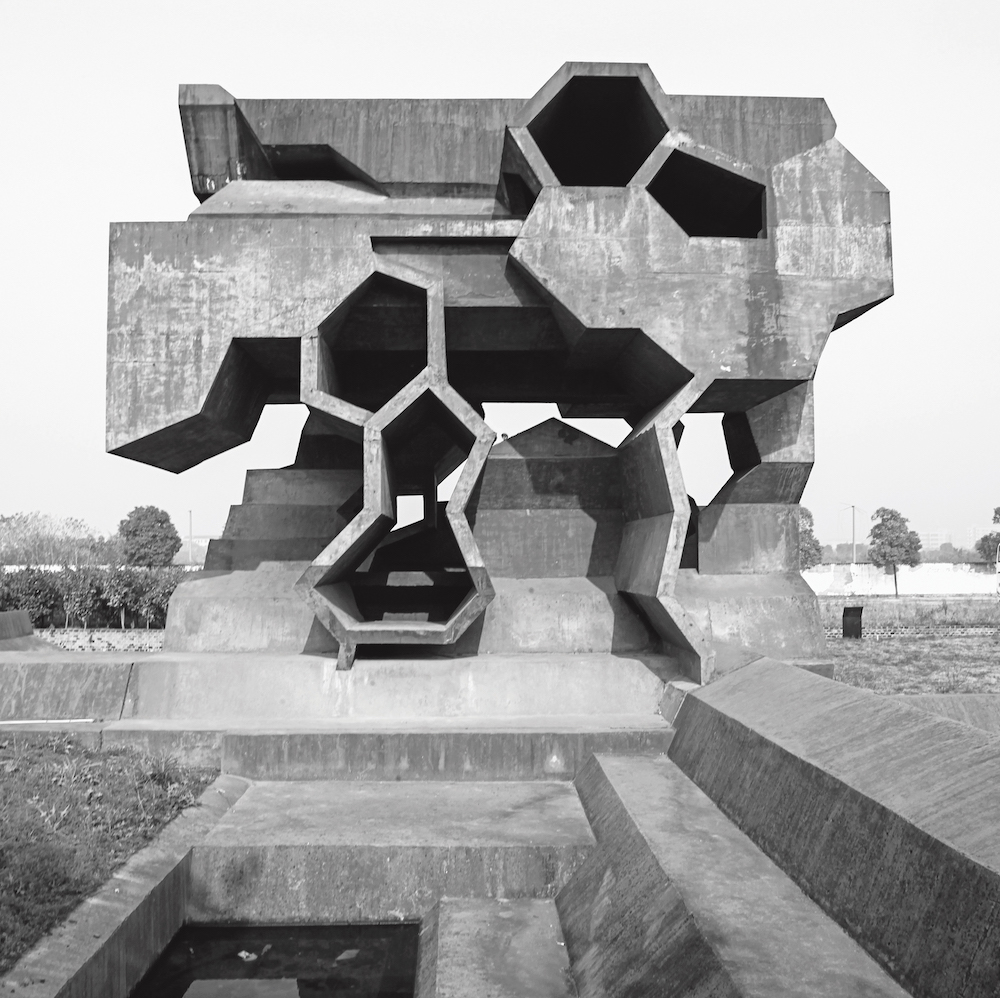
The Atlas of Brutalist Architecture counters this conventional definition, showing, in the sheer expanse of its survey, that brutalism has always been a flexible definition: Brutalist architecture aspires, experiments, it is space age architecture rooted firmly on the earth. This unparalleled publication covers almost all the structures that connoisseurs will be familiar with: Denys Lasdun’s National Theatre on London’s Southbank, Le Corbusier’s Unité d’habitation in Marseille, France, and Gerhard Kallmann and Michael McKinnnell’s City Hall for Boston, in the United States, as well as many more underappreciated buildings: the PEGLI 3 housing estate in Genoa, Italy, Agustin Hernandez Navarro’s Praxis Home in Mexico City, and the Hemeroscopium House, Madrid, amongst other lesser known houses and hospitals, libraries and lecture halls that are simply difficult to access, closed down, or destined to be demolished.
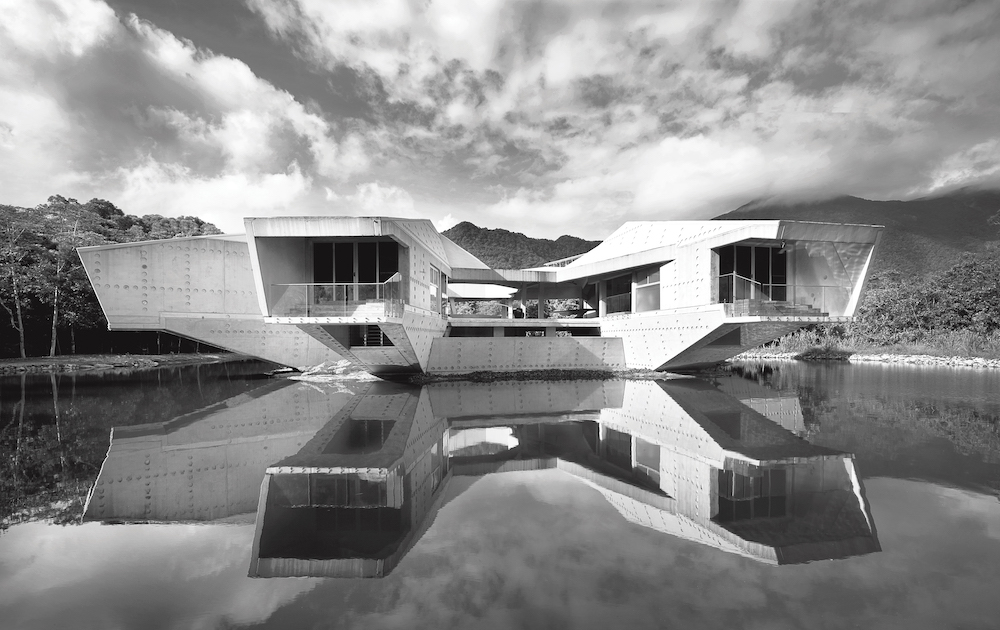
Each brief entry comprises a single black and white photograph. It’s a shame there couldn’t be more, but it’s a clear case of quality over quantity. In any case, I found the small glimpse of a building enough to make me want to scope it out in person. The lack of images is only really lamentable in the 30 or so entries which have already been demolished. The descriptions accompanying each photograph are concise, but give enough sense of the building by providing context of its construction and use. Importantly, each entry features a key denoting the condition, current usage, and protection status of the building – essential for those planning to actually visit the sites.
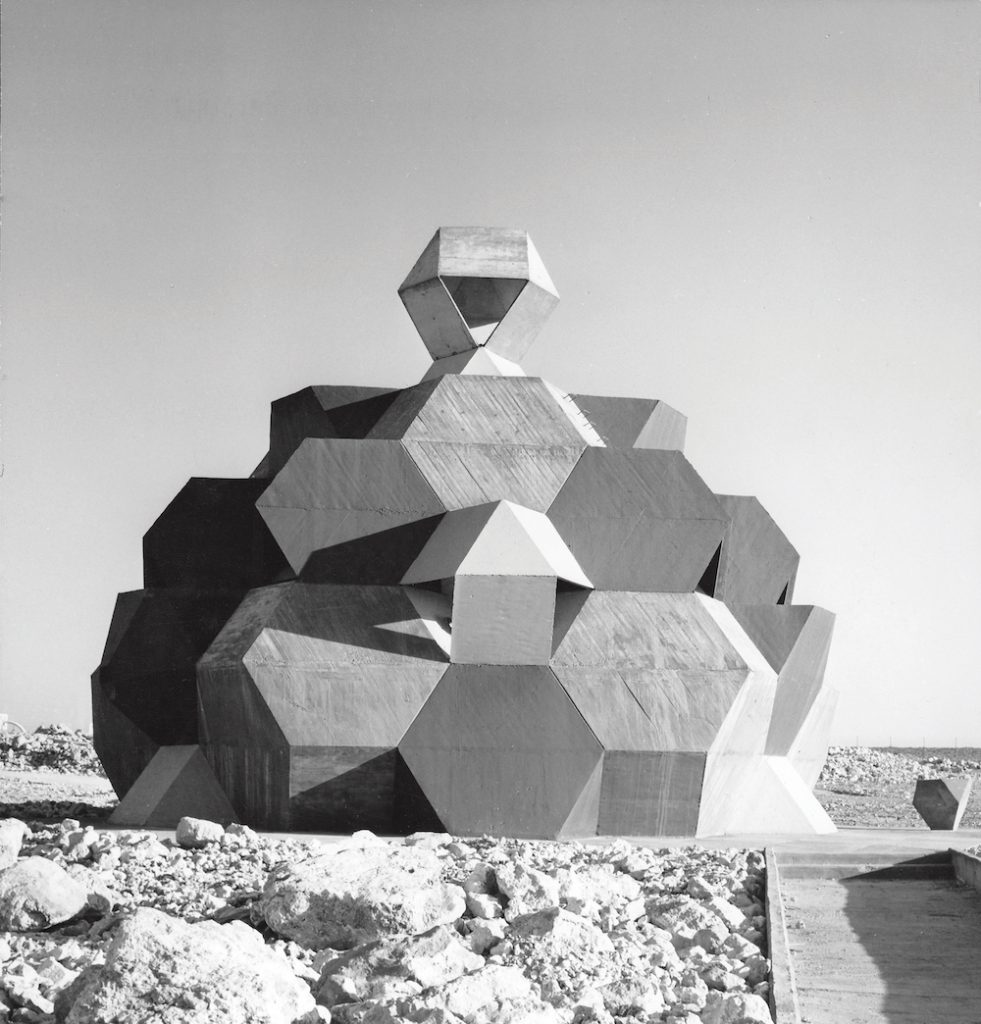
Context is vital in understanding buildings, yet the easily manufactured clickbait of concrete surfaces and obtuse angles has decontextualised many of these structures – a problem that the architecture critic Owen Hatherley has formerly written on. It’s often said that Brutalism is an ethic as much as an aesthetic: about what a building ought to do, as well as how it looks. Perhaps this is why hatred of brutalism is passé, because Brutalism represents for us a time when buildings were built for a purpose, an approach to architecture very different from our own cheap and quick multi-functional rental units.
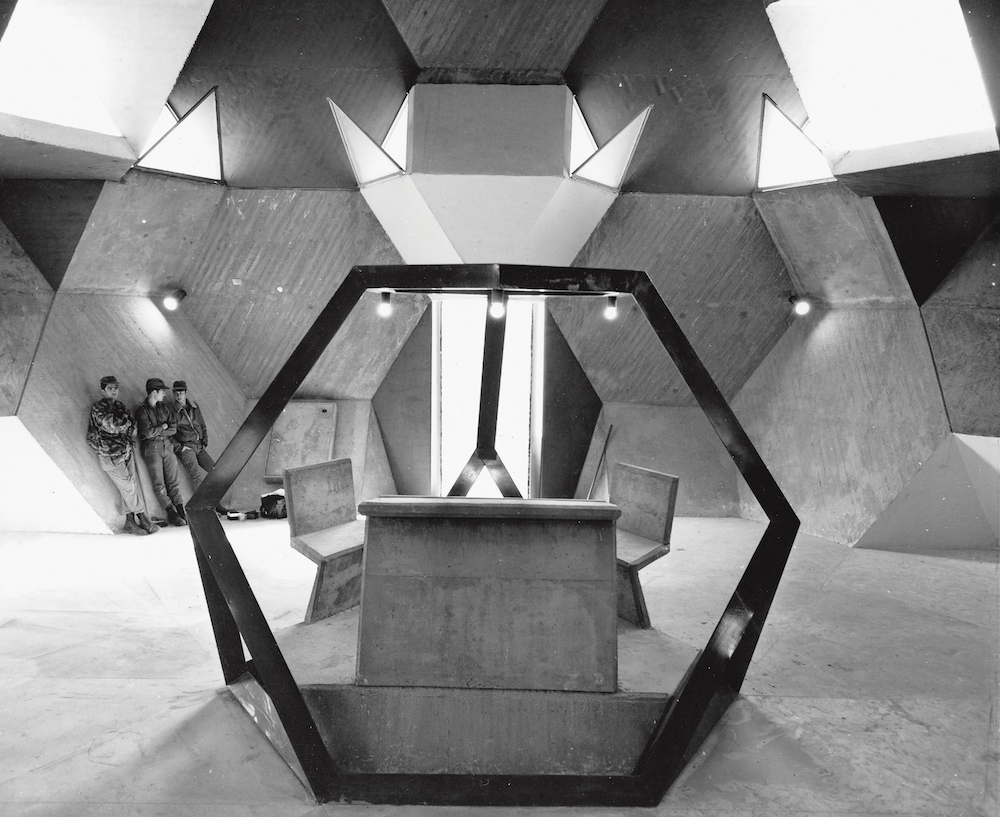
The most fascinating part of the Atlas is where the images of buildings outside of North America and Western Europe are given context. Here mid-century brutalist architecture never just meant raw concrete, but represented the idea of creating a new identity for these recently-independent and non-aligned nations, a stylistic break from the eerily repeated colonial and Stalinist classicisms. For example: the post office in Agadir, Morocco, designed by Jean-François Zevaco, represents a blending of monumental European modernism and local Arab traditions resulting in a building that resembles an upturned version of the city’s Casbah. The Mexican National Museum of Anthropology sits on the site of the first Aztec settlement and houses one of the best collections of Pre-Columbian artefacts. The Indian parliament building at Chandigarh, regarded as one of the best buildings designed by Le Corbusier, stands as an enormous monument to the country’s hard-won independence.
In my mind, Brutalist buildings are stunning. Associated with honesty to materials, unforgiving inventiveness, and dedicated to social good, it’s easy to see why the style has come to be revived and emulated across media. But is it just another passing trend? Will we find it next week supplanted by romanesque lampshades or wattle and daub coffee pots? If it is a passing trend then it’s simply the same as any other. But I do hope there’s more to it, that it might be the start of a real reassessment of a maligned cultural moment. This Atlas is a good place to start learning the stories of global importance behind the images, but it also simply provides an indispensable guide for planning your next holiday photoshoot.
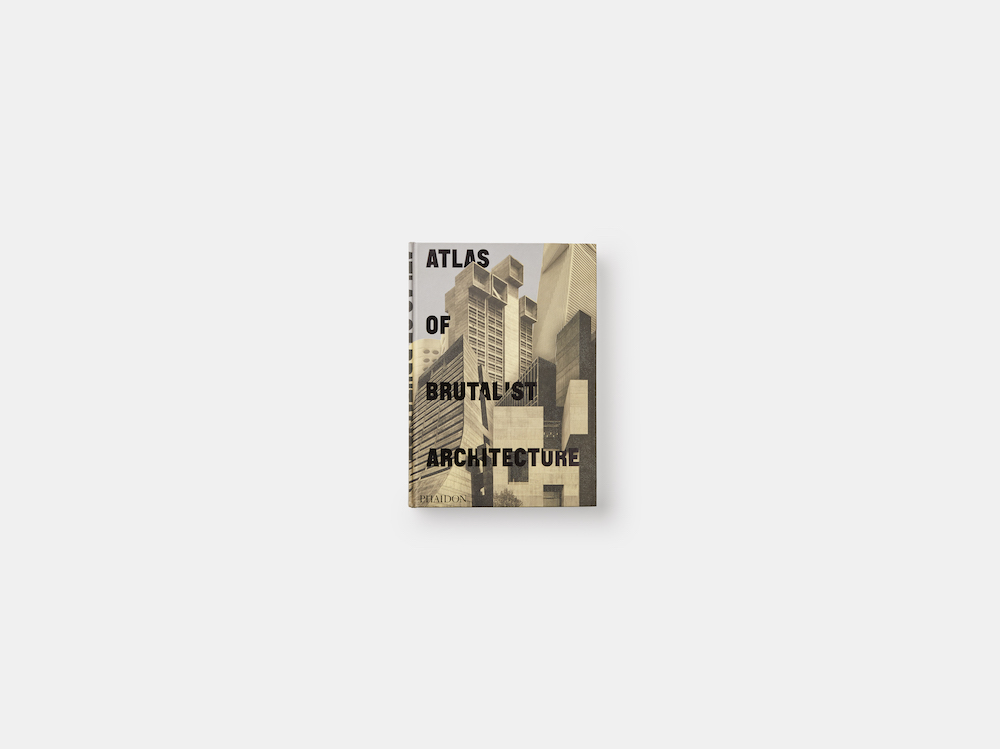
The Atlas of Brutalist Architecture, published by Phaidon, is out now





